Problem of the Week
Problem A and Solution
3-d Fun
Problem
The three-dimensional figure shown was built using interlocking cubes.

When we look at the figure directly from the top, we will see the following image, which is called the top view.

How many cubes in total are in the three-dimensional figure? Is there more than one possible answer?
Draw the front view and side view of the figure.
Solution
To count the total number of cubes, we will look at the three-dimensional figure one layer at a time. It has a top layer, a middle layer, and a bottom layer.
First we will look at the top layer. There are \(2\) cubes in this layer, as shown.
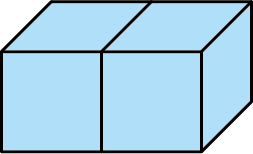
Next we will look at the middle layer. We can see \(3\) cubes in this layer, however we cannot see from the three-dimensional figure whether or not there is a cube behind the striped cube shown.
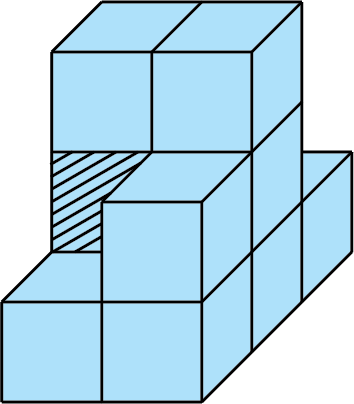
However the top view shows that there is no cube in this position, so we can confirm there are only the \(3\) cubes shown in the middle layer.
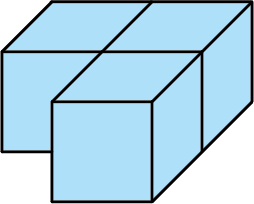
Finally, we will look at the bottom layer. We can see \(4\) cubes in this layer. However, we cannot see from the three-dimensional figure whether or not there is a cube directly under the striped cube. The top view does not give us any more information here, because the position in question would not be seen from the top view as it would be blocked by the cube above the striped cube. Thus, without more information, we must conclude that this layer contains either \(4\) or \(5\) cubes, as shown.
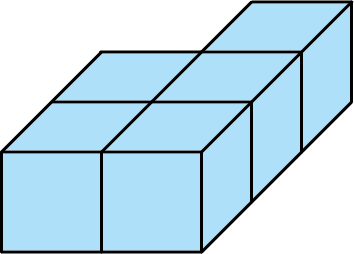 OR
OR 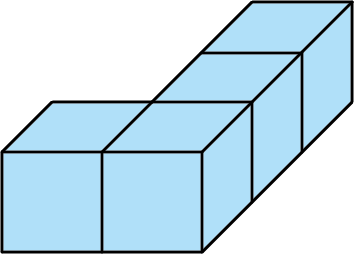
Thus, in total, the three-dimensional figure has \(2+3+4=9\) or \(2+3+5=10\) cubes.
Note that if the figure had been made using regular stacking cubes instead of interlocking cubes, it would not be possible to have a gap in the bottom layer, so the bottom layer would have to contain \(5\) cubes.
The front view is what we see when we look at the three-dimensional figure directly from the front. We would see the image below.
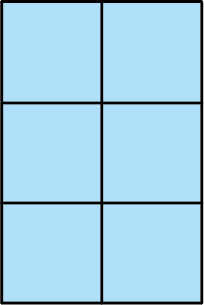
The side view is what we see when we look at the three-dimensional figure directly from the side. We would see one of the images below, depending on which side of the figure we look at.
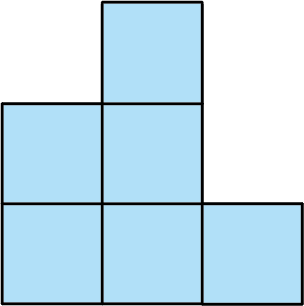 OR
OR 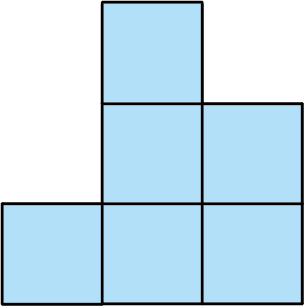
Teacher’s Notes
Students often enjoy studying math in elementary and high school, but do not know what they could do at the next level. A degree in mathematics can lead to many different careers. Many of the top jobs in lists ranking the best occupations require analytical math skills. Math shows up in some unexpected places.
The CEMC has created a resource called Real-World Math (http://cemc.uwaterloo.ca/resources/real-world.html) that gives insight into how math is used in areas such as security, medicine, and the environment.
This problem has students visualizing \(2\)-dimensional models from a \(3\)-dimensional object. Architects, engineers, and computer animators need to create models for buildings, tools, and images. These occupations, and many others, rely heavily on a solid understanding of mathematics.
